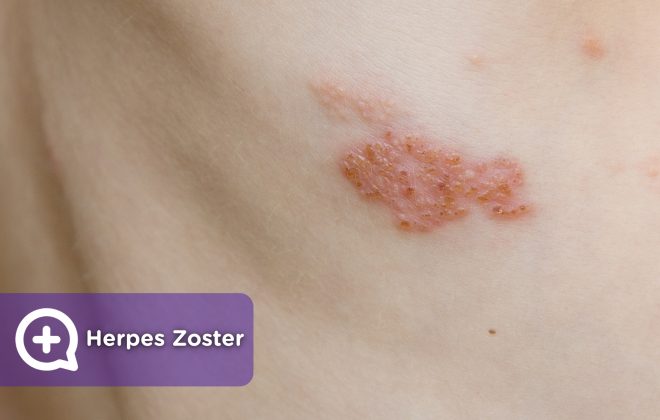When should we worry about our moles?
“That mole you have cielito lindo, next to your mouth.” Surely we have all sung this traditional Mexican song and although moles can be beautiful and distinctive, it is essential to control their condition, size, color and shape, since any change can lead to a foreseeable health problem.
What are moles?
They are small growths on the skin, usually dark brown, that develop from the cells that produce the skin pigment. Almost everyone has between 10 to 45 moles and in the majority of cases they do not cause any problems.
They can have different aspects:
- Colors: brown, tan, black, red, blue or pink
- Textures: soft, wrinkled, flat, with prominence or with hair
- Shapes: round of oval
- Sizes: usually have around 6 mm in diameter, but they can reach up to 2.5 cm
They usually appear during childhood or adolescence, in any part of the body and accompany us throughout life. Over time, they can change in color, size and texture.
Must you control them?
Although moles rarely cause problems, it is important that we control their development. A survey of the Spanish Academy of Dermatology and Venereology revealed that almost 22 out of every 100 people do not check the moles on their skin and that 75.9% have never visited the dermatologist to examine a mole.
The self-exploration of your skin is essential and must be done at least once a month. It is the first step for early detection of skin cancer, especially Melanoma.
The ABCDE guide can help you:
The letter “A” represents the asymmetry. A mole is asymmetrical if one half is different from the other.
The letter “B” represents the edge. Find out if your moles have irregular edges.
The letter “C” represents the color. It is a signal if they change color, have many colors, or have a strange color.
The letter “D” represents the diameter. Check if your moles have grown disproportionately.
The letter “E” represents the development. Check if your moles have changed (form, color, texture, etc.) or if they turn black.
Melanoma is the most lethal skin cancer of all: although it represents 10% of cases. it is responsible for 90% of deaths from skin cancer.
In what situations should I see the dermatologist:
Consult a dermatologist when you have a mole that presents the following symptoms:
- Pain
- Stinging or burning
- Bleeds or secretes some liquid
- Re-grows after being eliminated
- It is new, but you are over 30 years old
- It gets a bad result with some of the letters in the ABCDE guide
Prevention
Although an abnormality in moles does not imply Melanoma, it is important to follow the upcoming recommendations, since the sun’s rays (ultraviolet rays) have been related to this type of skin cancer:
Do not expose yourself to the sun between 10 in the morning and 2 in the afternoon.
Use creams with sunscreen throughout the year, even if it is cloudy, that have a minimum protection of SPF 15.
Avoid tanning booths.
*Content validated by the mediQuo medical team.



